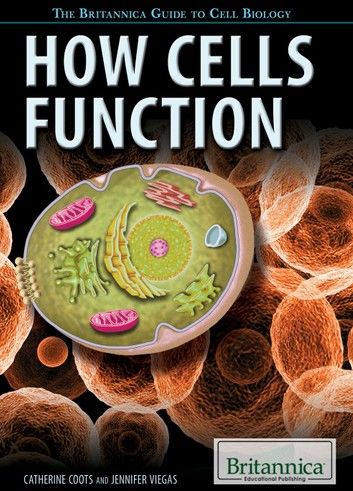| FindBook |
有 1 項符合
How Cells Function的圖書 |
 |
How Cells Function 作者:Kathy Campbell 出版社:Britannica Educational Publishing 出版日期:2014-12-15 語言:英文 |
| 圖書館借閱 |
| 國家圖書館 | 全國圖書書目資訊網 | 國立公共資訊圖書館 | 電子書服務平台 | MetaCat 跨館整合查詢 |
| 臺北市立圖書館 | 新北市立圖書館 | 基隆市公共圖書館 | 桃園市立圖書館 | 新竹縣公共圖書館 |
| 苗栗縣立圖書館 | 臺中市立圖書館 | 彰化縣公共圖書館 | 南投縣文化局 | 雲林縣公共圖書館 |
| 嘉義縣圖書館 | 臺南市立圖書館 | 高雄市立圖書館 | 屏東縣公共圖書館 | 宜蘭縣公共圖書館 |
| 花蓮縣文化局 | 臺東縣文化處 |
|
|
圖書介紹 - 資料來源:樂天KOBO 評分:
圖書名稱:How Cells Function
Readers learn that a living organism is a system, or structure, that reproduces, changes with its environment over a period of time, and maintains its individuality by continuous metabolism. To maintain life, an organism repairs or replaces (or both) its structures by a constant supply of the materials of which it is formed. It keeps its life processes in operation by a steady supply of energy. A major contributing part of an organism's survival is the functioning of its cells. This volume provides essential information on cell functions, including amino acids, fibrous and globular proteins, DNA, protein synthesis, and metabolism.
|










